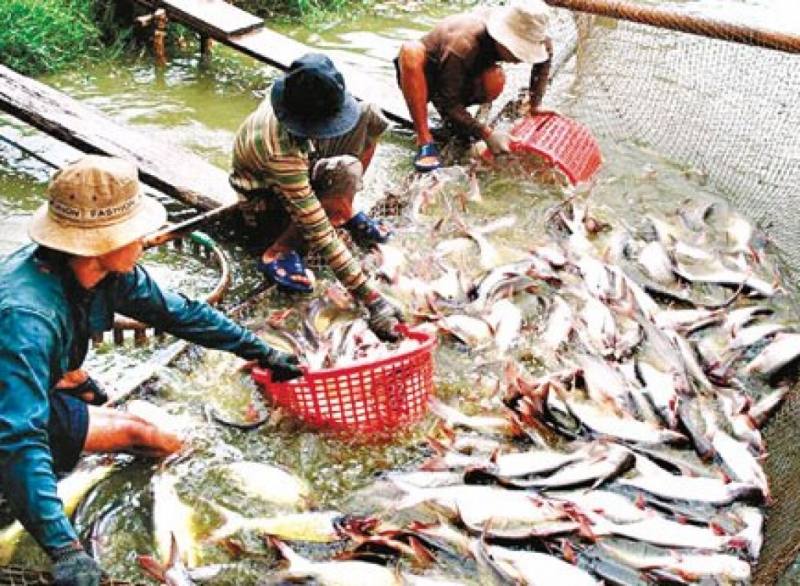




The Food and Agriculture Organisation (FAO) has taken the lead in the development of a 15-year strategy and action plan to promote aquaculture in the Asia and Pacific region. In FAO’s announcement last November 28, 2014, the strategy and action plan is a response to the growing need for sustainable aquaculture production in the region.
FAO Regional Representative for Asia and the Pacific Hiroyuki Konuma explains that aquaculture is a major sector in the food production industry of the Asia-Pacific countries. By 2030, there is an expected 30% increase in fish consumption in the region, and this would necessitate upping the production by 50% to meet both regional and global demands.
The strategy and action plan will provide the framework for achieving increased production in aquaculture while ensuring reduced inputs and minimized impacts on social and environmental systems. The framework will also highlight strategies for responding to the impacts of climate change, constraints in inter-regional trade, and the public’s clamour for safe and clean food. The action plan targets an inter/multi-sectoral collaboration to improve knowledge and technology sharing for managing aquaculture practices in the Asia-Pacific countries.
Aquaculture in the Mekong
The Asia-Pacific region is by far one of the world’s biggest contributors to global aquaculture production, contributing nearly 47 million tonnes. For the countries in the Mekong Region, aquaculture is responsible for around 10% of the total fish production.
In addition, the Mekong River is also home to more than 1,000 fish species, most of which are exotic and indigenous. In Southeast Asia, production has been strong for milkfish, giant tiger shrimp, tilapia, carb, and green mussel, as well as the Zanzibar weed.
An FAO report also noted that in addition to the sector's economic and livelihood contributions, aquaculture in Southeast Asia remains an integral component of rural and community culture. For one, fish-based condiments are staple ingredients in meals and the families’ daily diet.
With the ongoing debate over the construction of dams in the Mekong and its impacts on the river’s biodiversity and livelihood, aquaculture included, the action plan is a timely initiative. The 15-year strategy and action plan is the result of FAO’s multi-stakeholder consultations with aquaculture and fisheries officials from the country governments, private sector, funding agencies, and other concerned institutions.